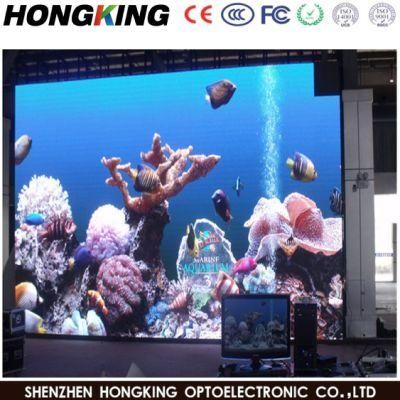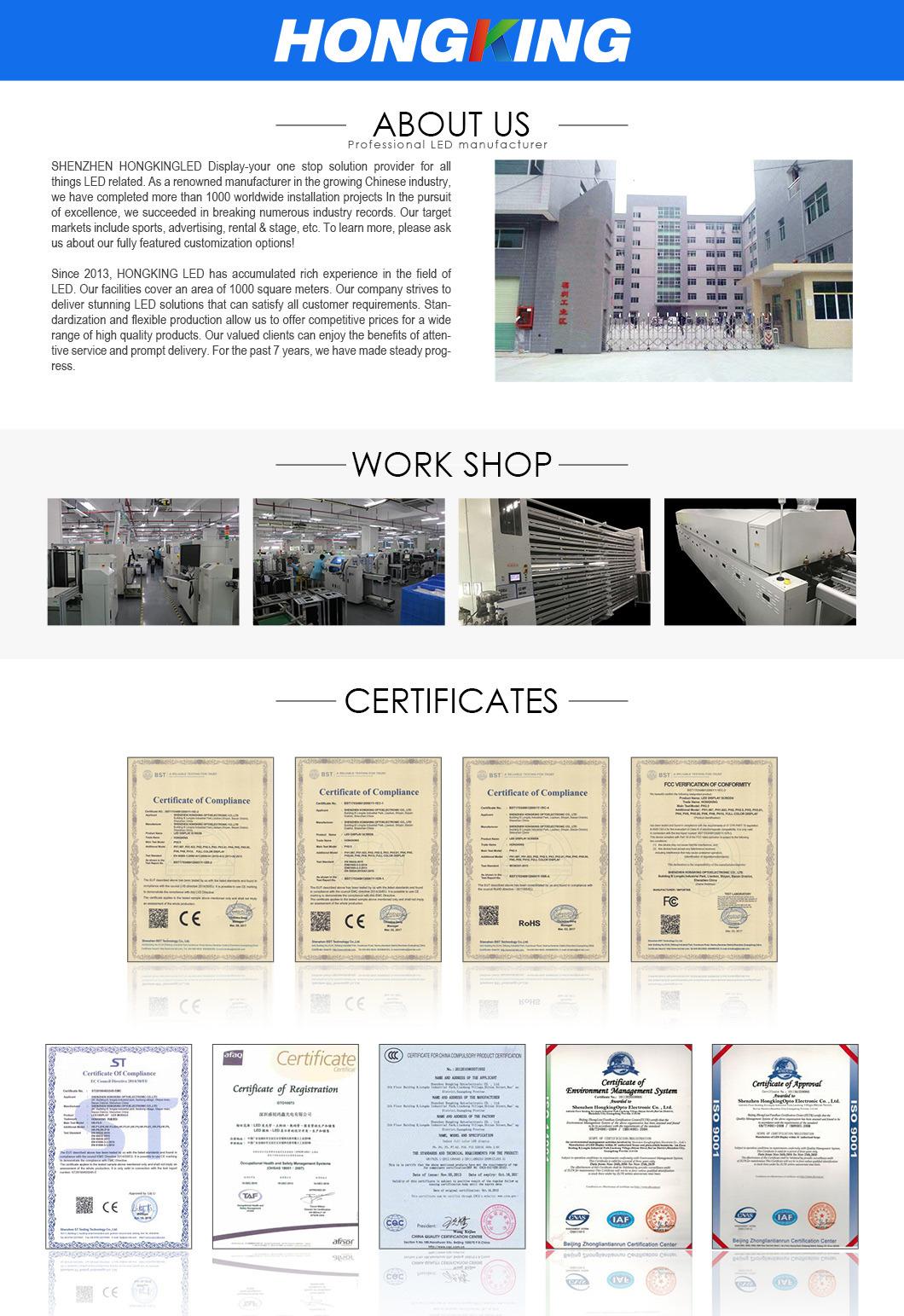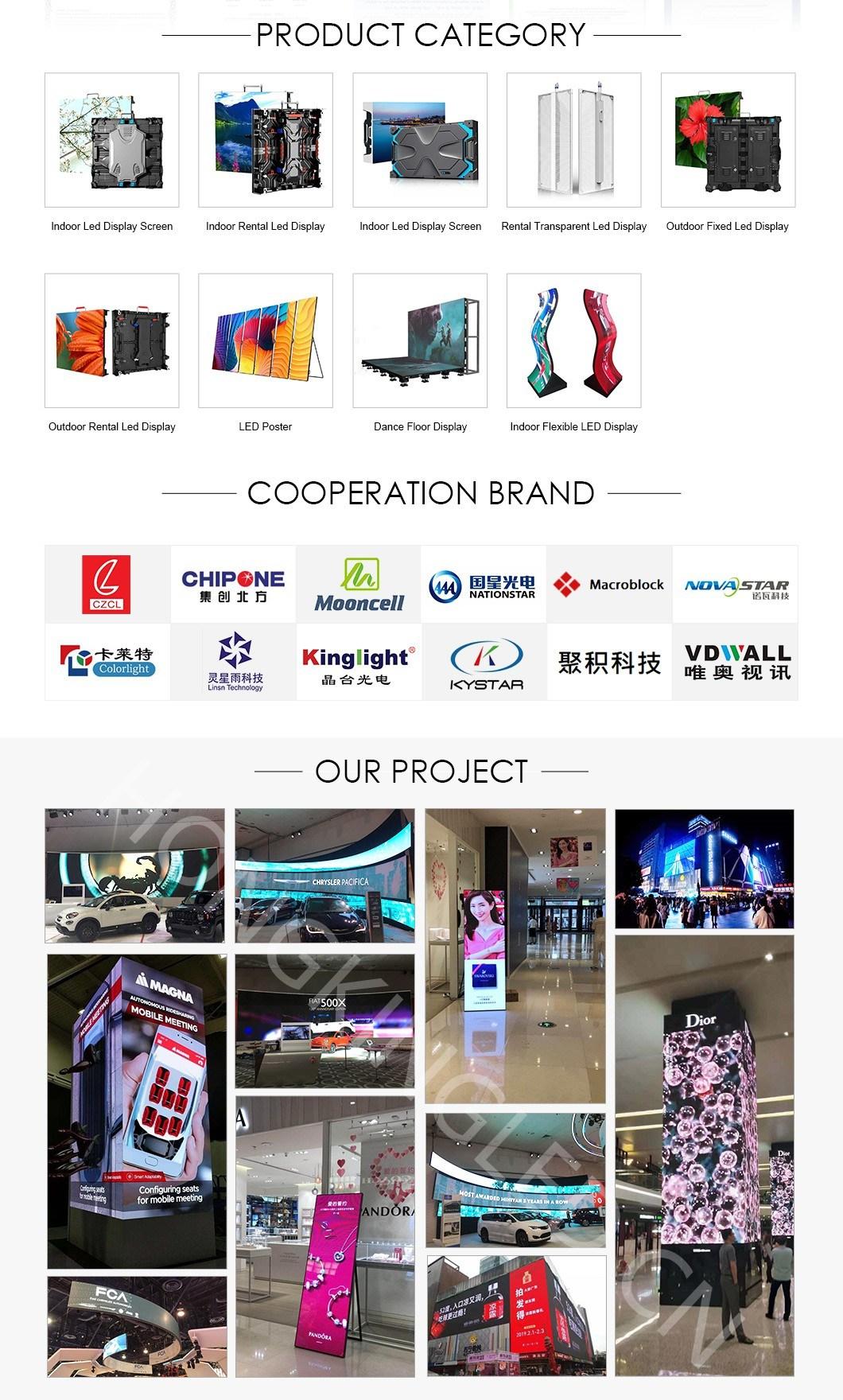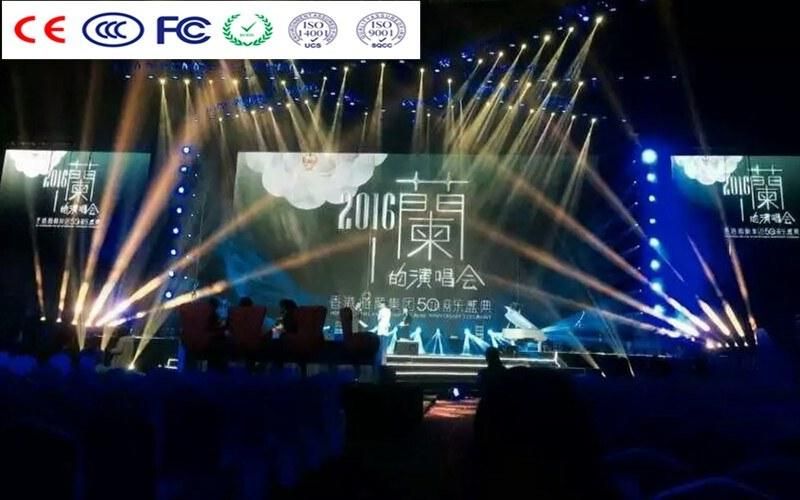
P4 Indoor Outdoor LED Screen with Die-Casting Cabinet
Shenzhen Hongking Optoelectronic Co., Ltd.- Tube Chip Color:Full Color
- Display Function:Video Display, Image & Text Display, Text Display, Market Display
- Pixel Pitch:4mm
- Pixel Configuration:1R,1G,1B
- Pixel Density:62500dots,M2
- Scanning Mode:1,16 Scan
Base Info
- Model NO.:P4 LED DISPLAY
- System Operating Platform:WIN XP
- Display Type:LED Video Display
- Application:Stage Performance, Advertising, Shopping Guide
- IP Rating:IP43
- Certification:CE, RoHS, CCC, EMC
- Product Name:P4-16s Indoor LED Display
- Driver IC:Mbi5124
- Bightness CD/Sqm:1600
- Grey Scale:65536 Degree
- Life Time:More 100,000 Hours (80%)
- Mtbf:More 50,000 Hours
- Operating Temperature:-30~-60t
- Humidity:10%-95%
- Color Temperature:6500K-9500K
- Refreshing Rate:3840Hz
- Transport Package:The Factory Packaging
- Specification:256*128mm
- Trademark:hongking
- Origin:China
- HS Code:8528591090
- Production Capacity:5000 Sqm,Year
Description



WHAT IS LED?
LED is short for Light Emitting Diode. An LED emits light as a result of electric luminescence. It is also known as "cold light" as, unlike with old-fashioned incandescent bulbs, the light is not produced by heating a metal filament. The diode, on the other hand, emits light when flowing through two specially coated silicon semiconductors. It is one of the most energy-efficient and power-saving ways to produce light.
An LED consists of solid materials without movable parts and is often moulded into transparent plastic. This ensures high durability. When an LED is on, it emits almost zero heat. This reduces the problem of cooling the electronic parts.
The first LED was created by Russian inventor Oleg Losev in 1927. For many years, it was only possible to produce infrared, red and yellow LEDs. These diodes were found in everything from remote controls to clock radios.
It was not until 1994 that Japanese scientist Shuji Nakamura was able to demonstrate an efficient blue LED. White and green LEDs soon followed, laying the foundation for the LED revolution we have seen in lighting and display technology.
